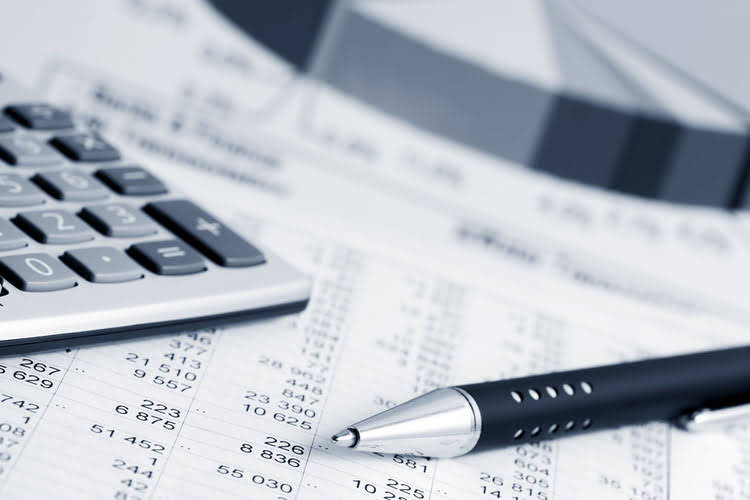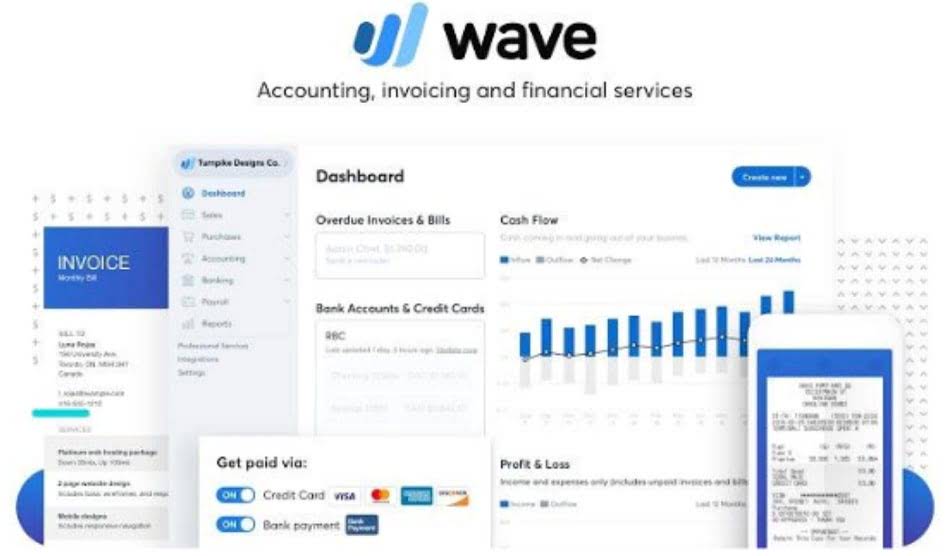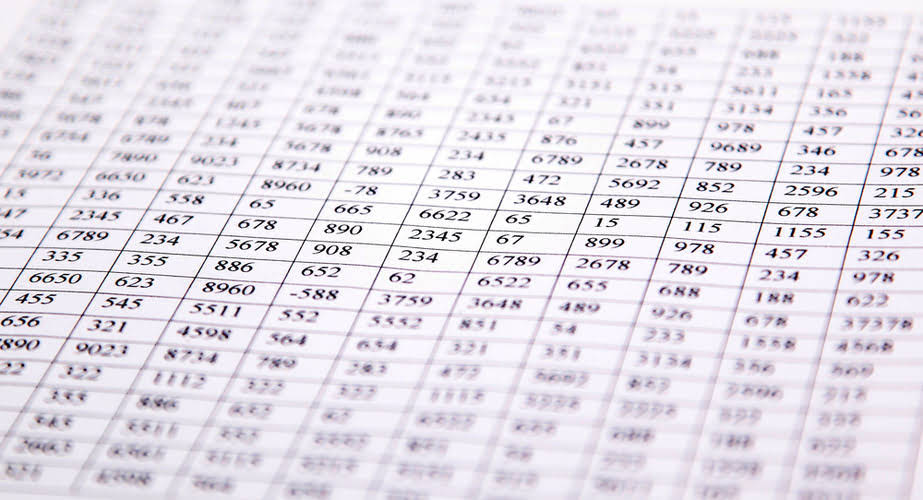
Menu

The shares available to investors on the open market are commonly called the float. In general, stocks with low floats will experience more volatility than those with large floats. Here, the balance sheet reports 8,019 million shares issued and 3,901 million treasury shares, as of September 30, 2022.

Other companies may explicitly list their outstanding shares as a line item in the equity section of their balance sheet. Stock prices change constantly, making it difficult to keep track of the cost basis of shares acquired over time. It may be more difficult for a shareholder to sell shares quickly, thus taking a larger loss than desired if the stock price drops. Companies may issue different classes of shares, the most common being “common” or “ordinary shares.” The different types of shares denote different rights for the shareholder. For example, shares may come with or without the power to vote on board appointees and other corporate matters. Depending upon the class of share, a shareholder may or may not have the right to receive Online Accounting dividend payments or participate in capital distribution upon dissolution of the company.
The weighted average number of shares is determined by taking the number of outstanding shares and multiplying it by the percentage of the reporting period for which that number applies for each period. In other words, the formula takes the number of shares outstanding during each shares outstanding formula month weighted by the number of months that those shares were outstanding. Shares outstanding are used to determine a company’s market capitalization, i.e. the total value of a company’s equity, or equity value. The float, for instance, has no bearing on market capitalization or earnings per share.

Although this decreases liquidity due to fewer shares, it can deter short sellers by making it harder to borrow shares for short selling. Outstanding shares are all the shares issued and sold by a company that are not held by the company itself. Outstanding shares include a company’s common stock held by individual investors, institutional investors and restricted shares held by company officers and insiders. The category does not include treasury stock, which is the company’s own stock held by the company. In addition to listing outstanding shares or capital stock on the company’s balance sheet, publicly traded companies are obligated to report the number issued along with their outstanding shares. These figures are generally packaged within the investor relations sections of their websites, or on local stock exchange websites.
The total number of issued shares is the sum of the outstanding shares and the treasury shares. For starters, a company’s market capitalization is determined by multiplying the current market price of one share of the corporation by the total number of outstanding shares. Market capitalization is used to compare company sizes, which helps investors evaluate risk and potential growth. Outstanding shares impact a company’s market capitalization, which is https://x.com/bookstimeinc calculated by multiplying the stock price by the number of outstanding shares. Changes in the number of outstanding shares can affect the stock price by altering supply and demand dynamics. The number of outstanding shares influences market capitalization, a critical metric for valuing companies.
Companies issue different types of shares of equity, the largest and most common type being common shares. Common shares represent ownership interest in a company, and they typically come with voting rights and cash flow (dividend) rights. Treasury shares are the portion of shares that a company keeps in its own treasury. These shares are not considered outstanding because they are not held by public or institutional investors.
In other words, as in this example, those shares would not be counted if they improve results, which happens most frequently (though not invariably) when the company is not profitable. Assuming all option holders exercise, Company A would issue 10 million shares. With the $50 million in cash, in theory it could instantly repurchase 5 million shares at $10 each.


Companies may provide executives with stock options that can be converted to shares. However, these stock benefits are not included in the tally of shares outstanding until shares are fully issued. The number of outstanding shares changes periodically as the company issues new shares or repurchases existing shares, splits its stock or reverse-splits it.
Total outstanding shares decrease if there is a reverse stock split or when a company buys back outstanding shares of its own stock. Conversely, a reverse stock split reduces the number of outstanding shares. Companies typically use reverse splits to increase their share price to meet minimum exchange listing requirements.